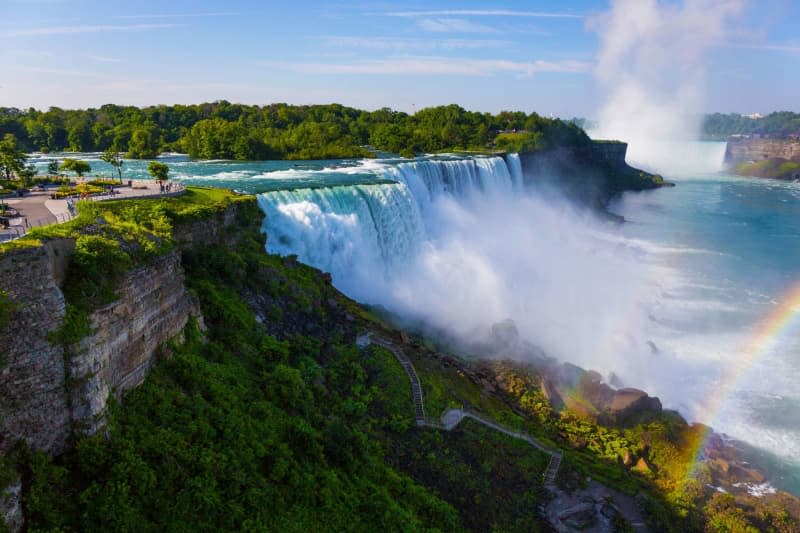Witness a total solar eclipse in the US and Canada this April

Anyone in the US on April 8 should look up: A rare total solar eclipse is set to be visible from 15 US states and parts of Canada on that day.
Starting in Mexico, the solar eclipse's viewing points will first travel through Texas and Arkansas and then on to Missouri, Illinois, Indiana and Ohio and on to Maine on the east coast, before it can then be seen around Canada's cities of Toronto and Montreal.
For all holidaymakers in the US who want to experience the solar eclipse, NASA has an interactive map on its website that shows where and when the solar eclipse can be seen in Central and North America. The timeanddate.com website also has details on where else in North America the eclipse can be partially seen.
Among the most impressive spots to witness the eclipse from, according to US tourism officials, is the Dinosaur Valley State Park near Dallas, Texas, popular for hiking.
Once you're neck has had enough of staring up the sky, you can look down to the ground and see dinosaur footprints in the bed of the Paluxy River.
If you want to stay a little closer to the city and happen to be in Ohio, head to Cleveland on April 8. With the skyline in the background, Edgewater Park is the perfect place to watch the eclipse.
The full eclipse is also set to be visible from the Niagara Falls State Park at the world-famous waterfalls on the border with Canada.
Note that before looking up at the solar eclipse, you'll need protective glasses with a special filter. Ordinary sunglasses do not offer sufficient protection and can damage your eyes. Even looking through binoculars or a mobile phone camera will not protect you from the power of the sun's rays.
The next total eclipse is set to be visible from Spain and Iceland in 2026, while two lunar eclipses are set to take place in 2025 over Asia and North and South America.

